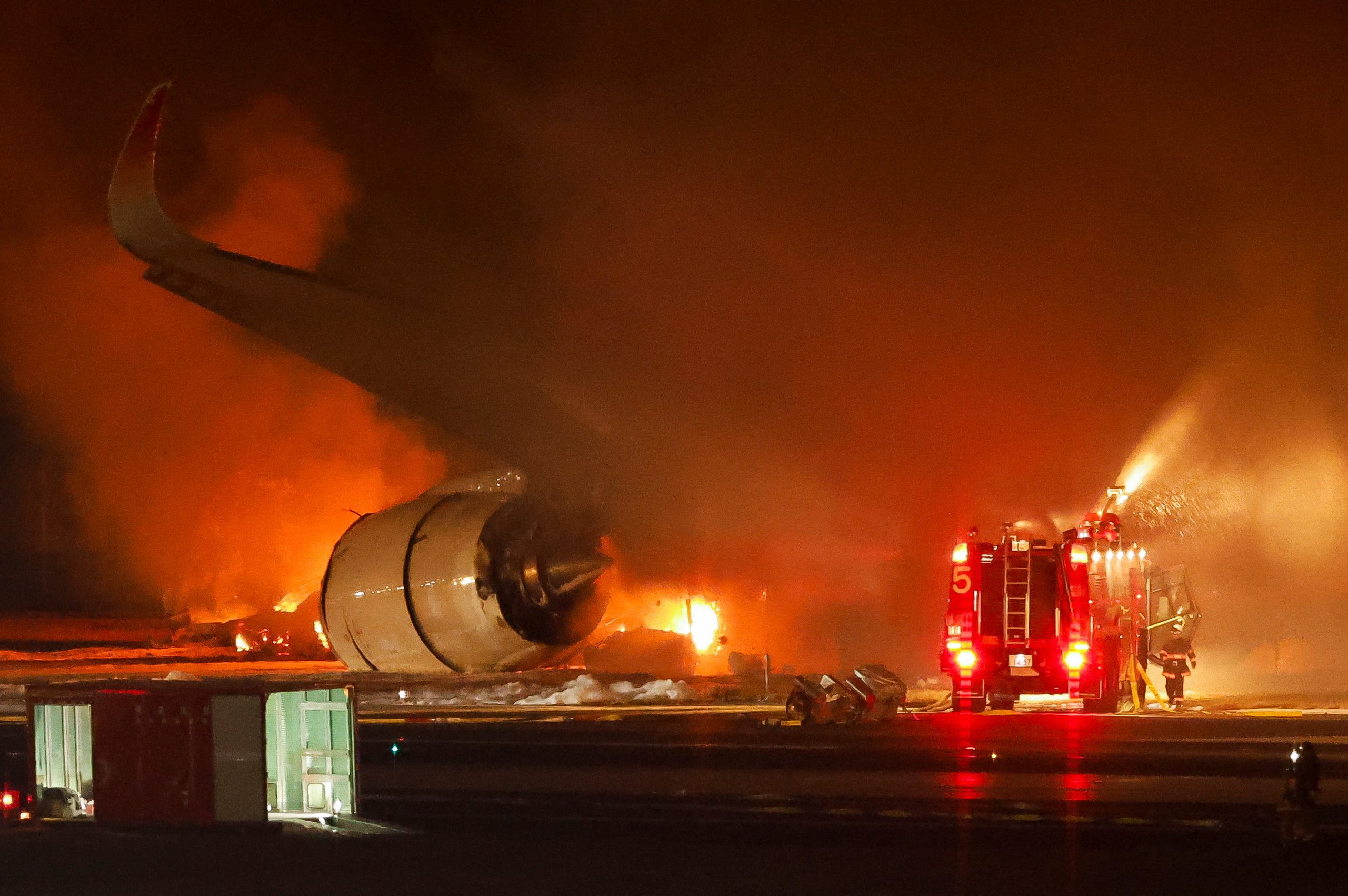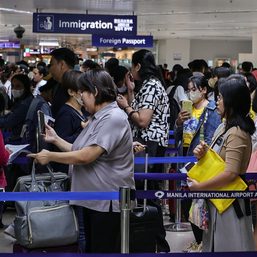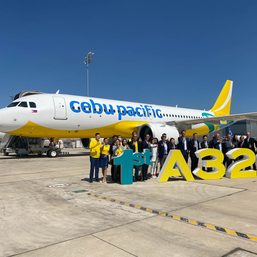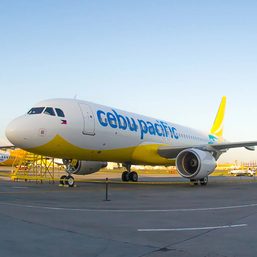SUMMARY
This is AI generated summarization, which may have errors. For context, always refer to the full article.

PARIS, France – Japanese investigators have begun probing the collision of two airplanes at Tokyo’s Haneda airport, weeks after the global airline industry faced warnings about runway safety.
All 379 people aboard a Japan Airlines 9201.T Airbus A350 escaped after it erupted in flames following a collision with a Dash-8 Coast Guard turboprop that killed five of six crew on the smaller aircraft.
Experts have cautioned it is too early to pinpoint a cause and stress most accidents are caused by a cocktail of factors.
But investigators have already begun examining what instructions were given by controllers to the two aircraft, alongside a detailed examination of plane and airport systems.
Japanese authorities said on Wednesday the A350 was given permission to land, but the Coast Guard plane was not cleared for take-off, based on control tower transcripts.
Experts said the location of the accident means physical evidence, radar data, and witness accounts or camera footage are likely to be readily available, easing the huge forensic task.
“One obvious question is whether the Coast Guard plane was on the runway and if so why,” said Paul Hayes, director of aviation safety at UK-based consultancy Ascend by Cirium.
The crash is the first significant accident involving the Airbus A350, Europe’s premier carbon-composite long-haul jet, in service since 2015.
According to preliminary 2023 data, the collision of the Coast Guard plane with a two-year-old jetliner three times its length follows one of the safest years in aviation.
But it also comes weeks after a US-based safety group called for global action to prevent a new uptick in runway collisions or “incursions” as skies become more congested.
“Despite efforts over the years to prevent incursions, they still happen,” Flight Safety Foundation CEO Hassan Shahidi said in a statement last month.
“The risk of runway incursions is a global concern, and the potential consequences of an incursion are severe.”
Although ground collisions involving injury or damage have become rare, their potential for loss of life is among the highest of any category and near-misses are more common.
A collision between two Boeing 747s in Tenerife in 1977, killing 583 people, remains aviation’s most deadly accident.
In 2016, a China Eastern Airbus A320 getting airborne from Shanghai missed hitting an Airbus A330 from the same airline as it taxied across the take-off runway just 19 metres below.
‘Technology gap’
The Washington-based Flight Safety Foundation has found that breakdowns in communication and coordination often play a role in runway crashes or near misses.
But a shortage of electronics to avoid collisions on the ground, rather than in the air where software to trigger avoidance has been available since the 1980s, is also a concern.
“Many of the serious incidents could have been avoided through better situational awareness technologies that can help air traffic controllers and pilots detect potential runway conflicts,” Shahidi said.
The Federal Aviation Administration says some three dozen US airports are fitted with a system called ASDE-X that uses radar, satellites and a navigation tool called multilateration to track ground movements.
But National Transportation Safety Board chair Jennifer Homendy said in November the US aviation network – a bellwether for airports worldwide – lacks sufficient technology to prevent runway incursions.
In 2018, Airbus said it was working with Honeywell HON.N on a system called SURF-A, or Surface-Alert, designed to help prevent runway collisions by giving pilots visual and audio warnings about approaching hazards.
But no date for implementation has yet been announced and rolling out complex new aviation systems can take years.
“The system is still under development,” an Airbus spokesperson said.
The head of Honeywell’s Aerospace Technologies division, Jim Currier, told Reuters the system went through a series of successful tests in December and should be certified and available to airlines “gradually over the next few years”.
A person familiar with the ground safety project said it was more technically challenging than the TCAS system which has been helping aircraft avoid in-air collisions for decades.
Steve Creamer, a former senior director at the International Civil Aviation Organization, said preventing a landing aircraft striking a plane is among the top five global safety priorities.
Although automated landings are increasing, experts say much still depends on visual checks by pilots who may be distracted by a high workload or the blur of a night-time runway.
“I think the investigation will focus a lot on the clearances…and then also what the (JAL) crew could see. Could they physically see that airplane on the runway,” said former US air accident investigator John Cox.
Lighting was an issue in a 1991 collision between a USAir plane and SkyWest Airlines aircraft at Los Angeles International Airport in California, for example.
“One of the things that came out of that was that the USAir crew physically could not see the SkyWest Metroliner there. Although it was on the runway, the lighting was such that you…physically couldn’t see it,” he said. – Rappler.com
Add a comment
How does this make you feel?





There are no comments yet. Add your comment to start the conversation.